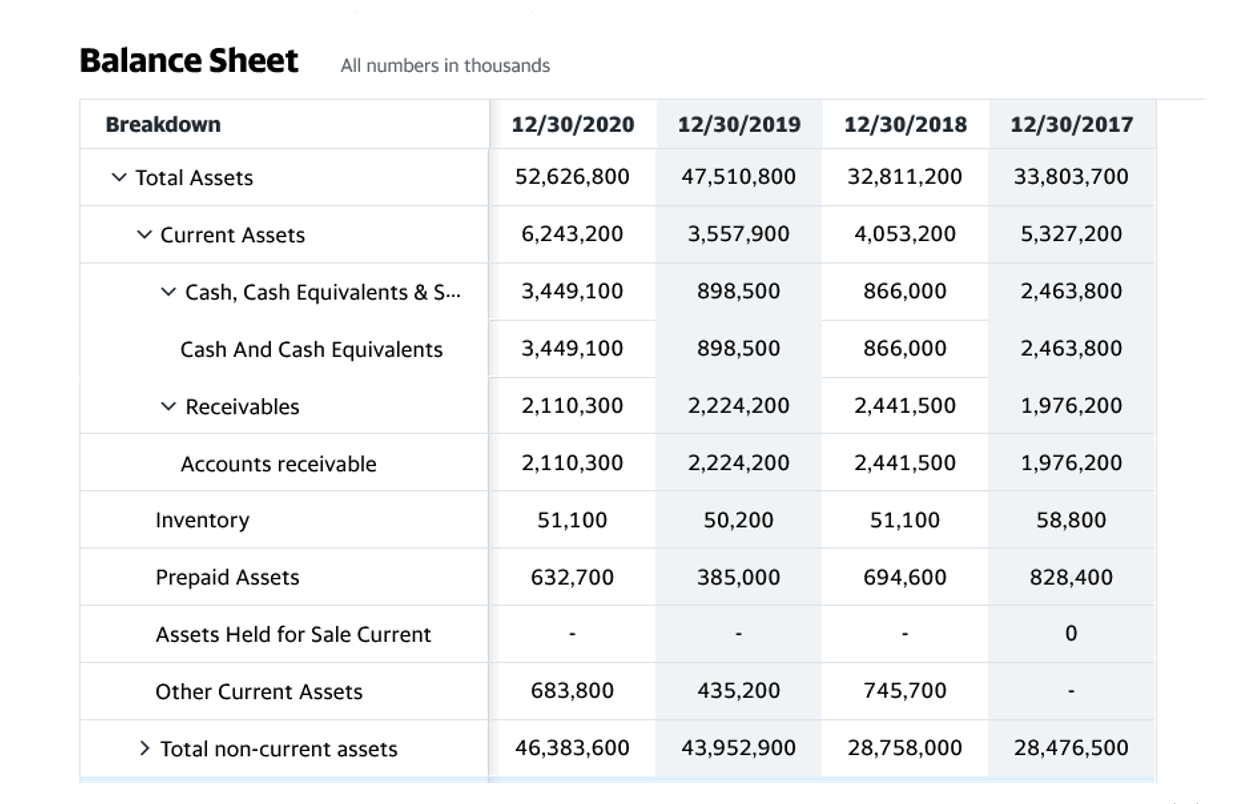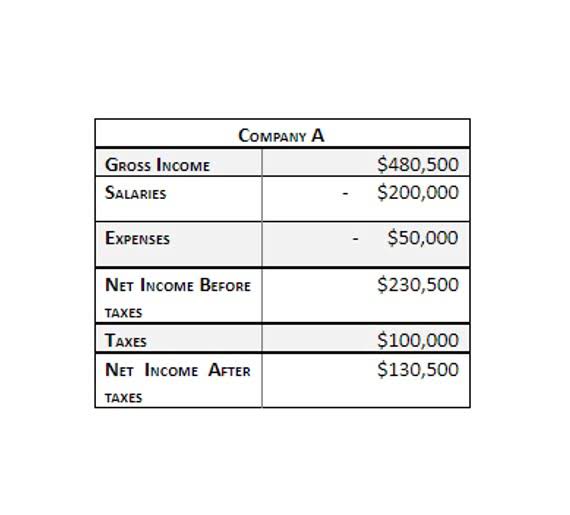It has been in business for 20 years, and it was designed specifically to help small businesses. However, it also has an entire feature set dedicated to nannies and household helpers. Inova Payroll also offers HR outsourcing for those looking for a higher level of support. And Inova’s early wage access solution helps restaurants recruit and retain staff by offering them access to earned wages on-demand between pay periods.
- That fee isn’t bad, but if you’re a franchisee with restaurants in multiple states, Gusto’s free multi-state payroll could save you a bit of cash.
- Any more than that and you’ll have to onboard another payroll system.
- That’s where things get tricky because calculation varies based on factors like total hours worked or tipped income received by staff during any given pay period.
- If you want to spend less time managing benefits and more time expanding your restaurant’s locations, a PEO like Justworks can help.
- If you already use Square Point of Sale, Square Payroll is the perfect add-on.
- And with food and staff being two of the largest expenses that restaurant owners face, using a restaurant payroll software that enables you to streamline information is a game-changer for the bottom line.
It should be noted that all tips earned by a tipped employee totaling $20 or more per month are subject to federal income tax and FICA tax. Another important factor in your restaurant payroll costs is payroll tax. Once a payroll schedule has been chosen, set up direct deposits into your employees’ bank accounts. This is preferable to writing checks because you can’t predict when an employee will cash their check, and this could cause cash-flow complications for the restaurant. Processing restaurant payroll is not just a matter of how employees are paid, but also when they are paid, which involves setting up a payment schedule.
Does 7shifts do payroll?
Wrapping things up, quality payroll reports shed light on your labor distribution. This insight is a game changer when it comes to making strategic calls for what’s next. All these efforts lead towards better employee retention rates because people appreciate being rewarded for hard work with tangible benefits besides just paychecks. Finally, it’s advisable to acquire a Form W-9 from every contractor hired by the restaurant in order to get their relevant tax and identification information as required by the IRS. You should also verify that each employee’s social security number is valid to prevent errors while reporting employee information to entities like the IRS. The law also requires both the employer and employees to properly complete a Form I-9 to verify the identity and employment authorization of any individual hired for employment in the restaurant.
These prices are not displayed on the Paycor website, and are subject to change since the time of research. Also important to note, there are additional setup fees for all but the Basic plan. Paycor’s employee onboarding experience engages employees from day one. A mobile-optimized approach lets new workers fill https://www.bookstime.com/articles/receivables-turnover-ratio out information, acknowledge required documents, and complete all the necessary paperwork without ever touching a piece of paper. The most convenient payment tier for your restaurant will depend on the features you’d like access to. You’ll have to pay a fee per employee regardless of the tier you choose.
Calculate Restaurant Payroll Properly
Plus, SurePayroll’s parent company, Paychex, is a well-known PEO and payroll software company with top-tier employee benefits options. SurePayroll customers can use Paychex’s extensive benefits connections to integrate employee benefits fee-free with their SurePayroll plan. For example, if you’re leaning toward using payroll software for restaurants, do your research to determine how to choose a restaurant payroll provider.
CHIPOTLE ANNOUNCES THIRD QUARTER 2023 RESULTS – Oct … – IR@chipotle.com
CHIPOTLE ANNOUNCES THIRD QUARTER 2023 RESULTS – Oct ….
Posted: Thu, 26 Oct 2023 20:12:46 GMT [source]
These laws can impact how you calculate and run payroll for employees who receive tips. Generally, a tipped employees is someone who regularly and customarily receives more than $30 per month in tips. Restaurant365 restaurant payroll also offers timely tax table updates, wage garnishment services, overtime pay, and tip-to-minimum calculations. Local mandates may include requirements about predictable pay, regular scheduling, or employee breaks.
SurePayroll Pricing
It’s important to note, the perfect labor cost percentage typically falls between 25% and 35% of sales. This varies based on whether you’re running a fine dining establishment or a casual eatery. If all this sounds a little overwhelming, don’t panic because you don’t necessarily have to run restaurant payroll on your own. In the U.S., every employee is required by law to complete a Form W-4, which will help you calculate how much federal tax you must withhold from their paychecks. This is a separate checking account exclusively used to pay employees.
- Get unlimited payroll runs, automated tax filing and payment, W-2 and 1099 filing and integrations with accounting and human resources (HR) software.
- The first step is to collect timesheets so you know how many hours each of your employees worked.
- Our article on how to run payroll can point you in the right direction.
- You need to accurately collect all of your employees’ data and hours along with their tip report sheets and accurately factor in your state’s taxes.
- So far, Oregon is the only state with statewide fair scheduling laws in place, but several cities across the country like San Francisco, New York City, and Seattle have had these laws in place for years.
The best options for restaurant payroll include Gusto, ADP, Toast Payroll, and more. Paychex’s powerful payroll software enables restaurants in every state to accurately track their employees’ hours, calculate payroll taxes and ensure HR compliance across the board. As a popular national payroll software provider and PEO solution, Paychex pairs employers with high-quality benefits that keep restaurants competitive in the challenging post-COVID-19 hospitality economy. If you’d like to learn more about optimizing your labor costs and tracking data for payroll processing, schedule a Restaurant365 demo. In addition to ensuring you are documenting your staffs’ minimum wage correctly, both employees and employers need to calculate and report tips accurately because tips are taxable income.




